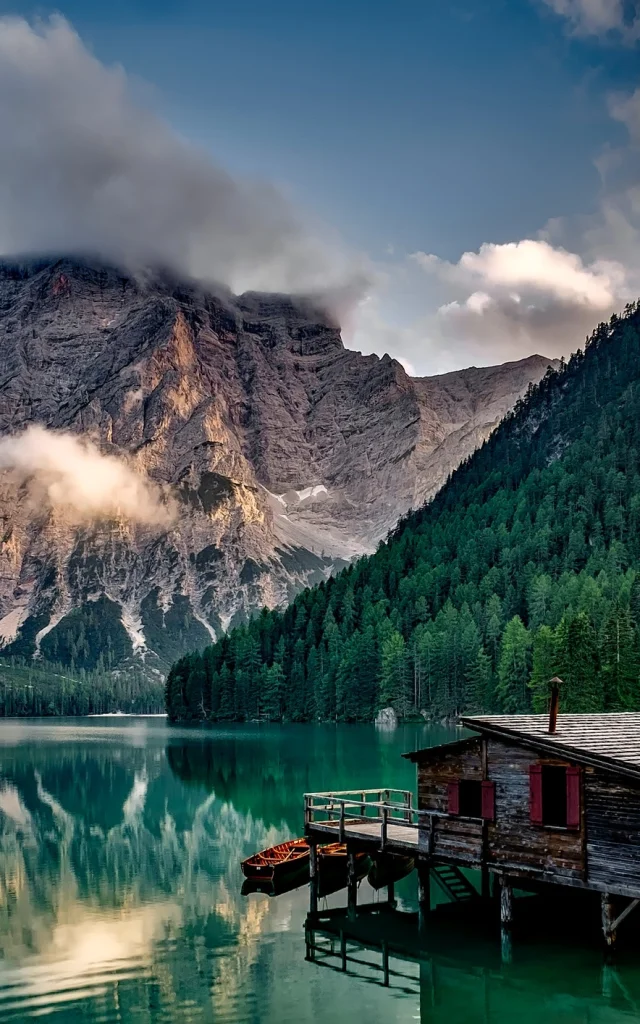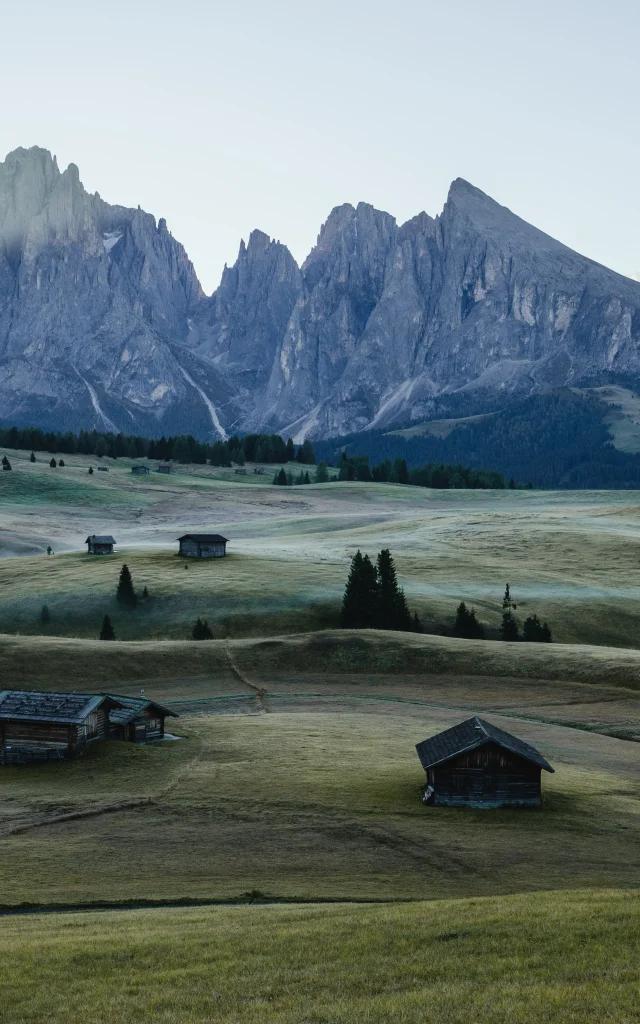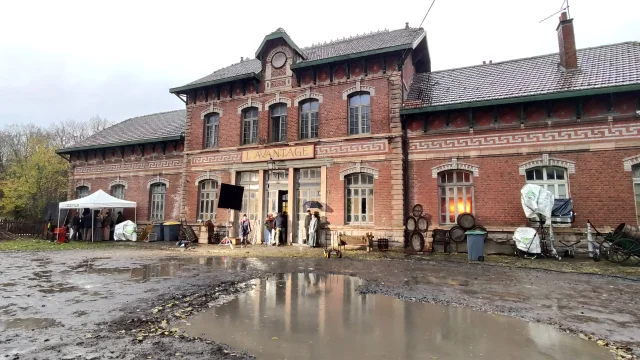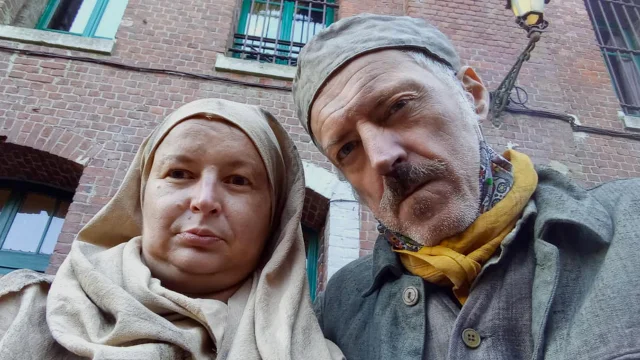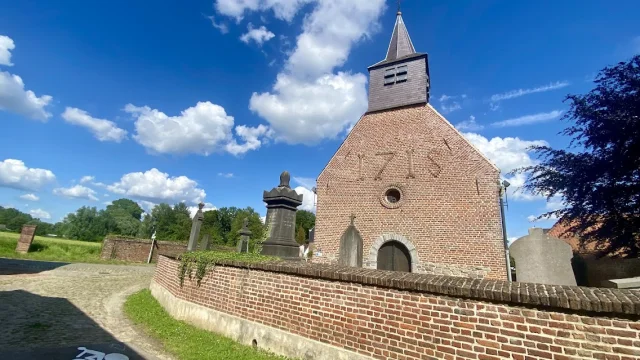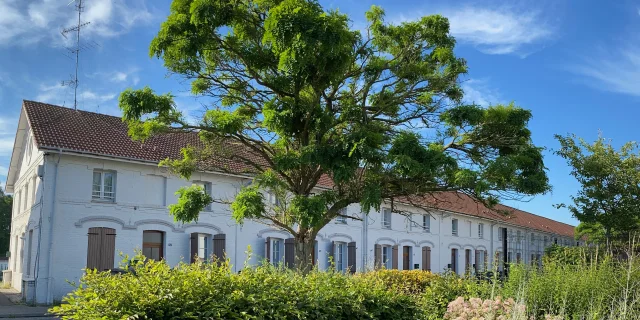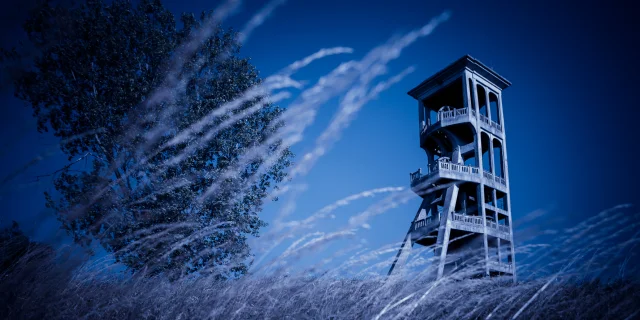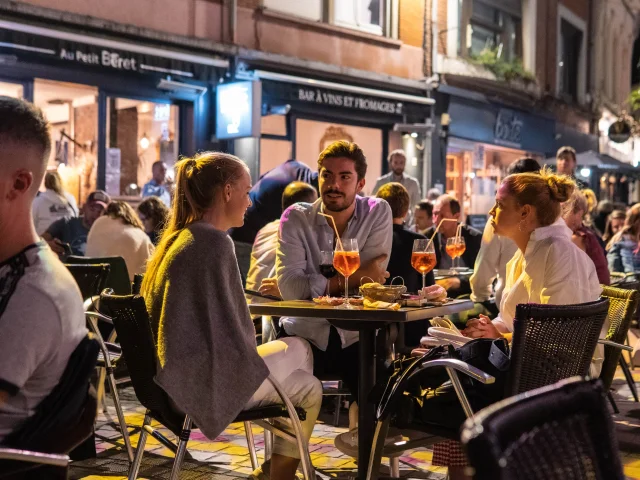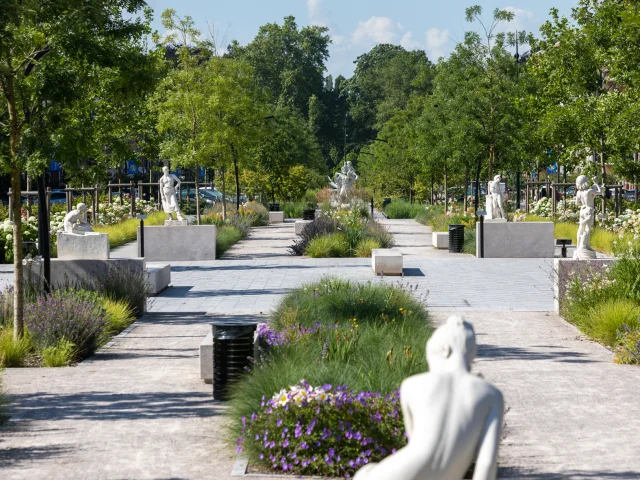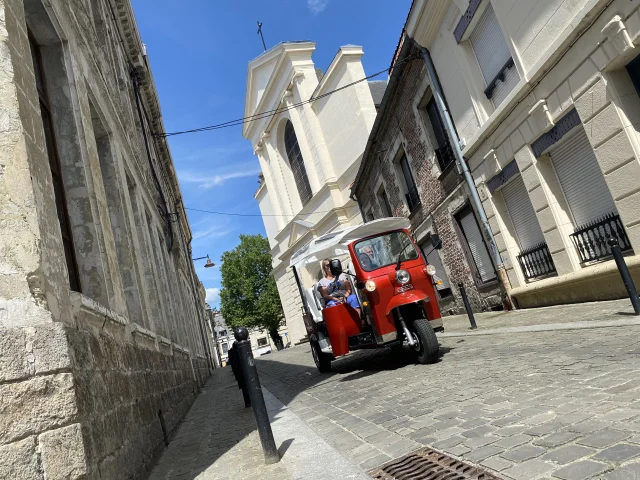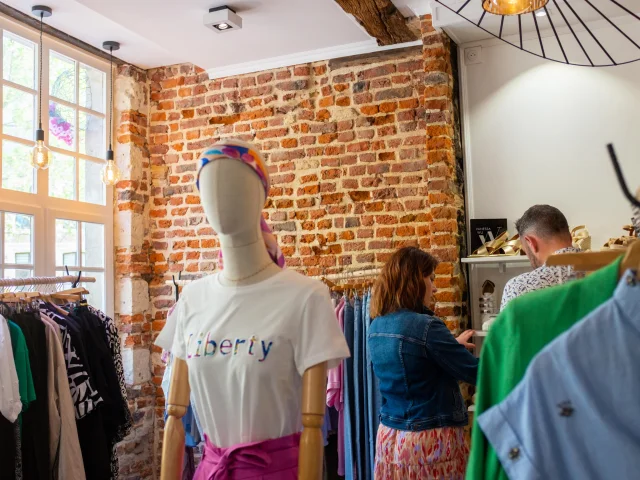Destination G2084Summary by episode
PROLOGUE :
Claire leaves for Valenciennes, full of hopes and doubts.
FOSSE D’ARENBERG: Stupor and rockslides
At the Wallers-Arenberg mining site, Claire meets Jean, the hologram of a miner who worked there at the beginning of the twentieth century. He offers to take her down “to the bottom”. She follows him through the maze of galleries, listening to his story, when suddenly she has the fright of her life.
CORON DES 120: Body and chorus
For her stay in the Valenciennes region, Claire has booked a room in the former coron des 120. When she arrives, she’s surprised to learn that she’ll be sharing the accommodation with its inhabitants, Jo and Leïla. As she comes into contact with them, she discovers a different way of life, and takes a liking to it.
TERRIL RENARD: Mountains and wonders
Climbing the Terril Renard, a veritable green bubble and biodiversity reserve, Claire is lured by Blue, a mysterious young woman who leads her into a clearing to witness a disconcerting event.
CITÉ THIERS: Grandeur and progress
Dreaming of real sets for her film, Claire meets 3D printer Charlie at Cité Thiers. She’s thrilled to discover the innovations he’s working on. But in the workshop, things don’t go according to plan.
FRESNES STATION: Network and refuge
Riding her solar-powered bike along the greenway, Claire stumbles across a citizen’s estaminet set up in the old station. There she meets Aïssa, a committed woman. This encounter will influence the way Claire’s project continues to take shape.
EPILOGUE :
Claire is reluctant to leave.
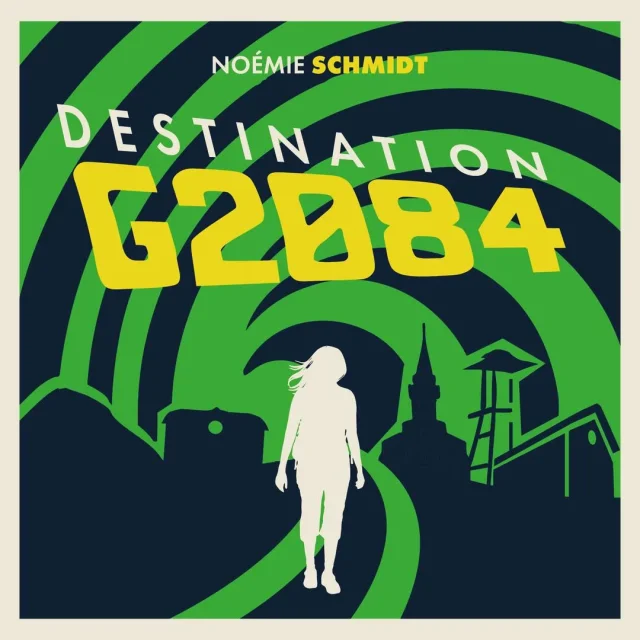 Destination G2084
Destination G2084

